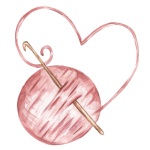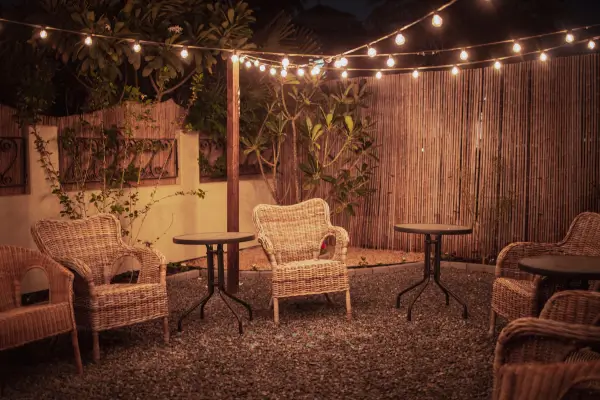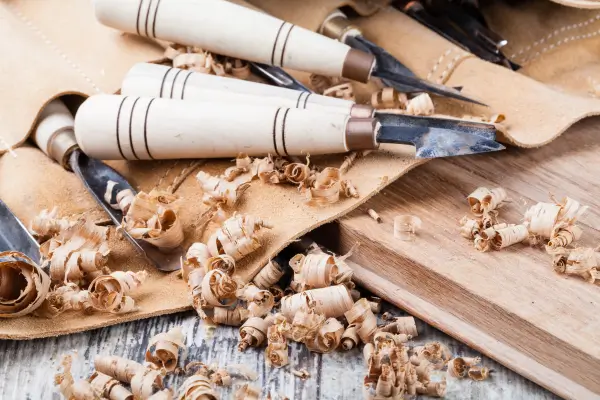Exploring Yugoslav embroidery is a journey into a rich tradition filled with color, symmetry, and cultural depth.
This embroidery style stands out for its geometric patterns and vibrant contrasts, passed down through generations.
It offers a beautiful way to personalize textiles while honoring the history and craftsmanship of Eastern Europe.
You don’t need to be an expert to get started — just a few basic materials and a desire to learn.
In this guide, you’ll discover the roots of Yugoslav embroidery and how to apply it to your modern creative projects.
The Origins and Characteristics of Yugoslav Embroidery
Yugoslav embroidery originates from the Balkan region, where it was historically used to decorate household linens, clothing, and ceremonial textiles. This embroidery style is characterized by:
- Geometric and symmetrical patterns – Common shapes include diamonds, zigzags, and checkerboard designs.
- Bold color contrasts – Traditional pieces often feature red, black, white, and gold threads.
- Dense stitching – The embroidery is typically done using even, tight stitches that create a textured effect.
- Repetitive motifs – Many patterns repeat across the fabric, creating a striking, balanced look.
Unlike freehand embroidery, Yugoslav embroidery follows a structured pattern, making it a great choice for beginners who enjoy methodical, precise stitching.
Materials You Need to Get Started
To begin your journey into Yugoslav embroidery, you’ll need the following materials:
1. Fabric Choices
- Aida cloth or linen – These provide a stable base and make counting stitches easier.
- Cotton or wool fabric – For a traditional, slightly textured appearance.
2. Threads and Colors
- Embroidery floss (cotton or silk) – Choose vibrant colors to contrast with your fabric.
- Traditional colors – Red, black, and gold are commonly used in Yugoslav embroidery.
3. Needles and Accessories
- Embroidery needles (size 7-9) – Sharp needles help create even stitches.
- Embroidery hoop – Keeps fabric taut for consistent stitching.
- Fabric marking pen or chalk – Helps outline the pattern before stitching.
- Scissors – For trimming threads cleanly.
Step-by-Step: Basic Yugoslav Embroidery Techniques
1. Preparing Your Fabric
Before you begin stitching:
- Wash and iron your fabric to remove any creases.
- Stretch the fabric inside an embroidery hoop to keep it stable.
- Use a marking pen to lightly trace your chosen geometric pattern onto the fabric.
2. Starting with a Basic Running Stitch
The running stitch is a foundational stitch in Yugoslav embroidery, used to create outlines and fill patterns.
- Thread your needle and tie a small knot at the end.
- Pass the needle in and out of the fabric in even spaces, following your marked design.
- Maintain a consistent stitch length to create a uniform look.
3. Working with Satin Stitches for Solid Blocks
Satin stitches help fill in geometric shapes with bold color blocks.
- Bring the needle up at one edge of the shape.
- Lay the thread flat across the area and insert the needle on the opposite edge.
- Repeat, ensuring each stitch is closely packed for smooth coverage.
4. Incorporating Cross Stitches for Texture
Cross stitches are commonly used in Yugoslav embroidery to add texture and depth.
- Make an X-shaped stitch by first stitching diagonally in one direction.
- Then cross over in the opposite direction to complete the stitch.
- This technique is ideal for creating detailed borders and decorative flourishes.
Creative Ways to Use Yugoslav Embroidery in Modern Designs
Once you’ve mastered the basics, you can apply Yugoslav embroidery to a variety of textile projects, including:
1. Decorative Linens
- Create embroidered table runners, placemats, or napkins to add a cultural touch to your home décor.
- Use traditional red and black thread on a neutral fabric base for an authentic look.
2. Embroidered Clothing
- Stitch small geometric motifs onto shirt collars, cuffs, or hemlines for a stylish handmade detail.
- Add embroidered panels to skirts or denim jackets for a bohemian aesthetic.
3. Tote Bags and Accessories
- Personalize canvas tote bags with bold Yugoslav patterns.
- Embellish wallets, belts, or headbands with intricate stitched designs.
4. Framed Textile Art
- Mount your completed embroidery piece in a wooden frame to create unique wall art.
- Experiment with different color palettes to match your interior style.
Tips for Beginners to Improve Their Embroidery Skills
- Start with simple patterns before moving on to complex designs.
- Use a hoop to maintain fabric tension and avoid uneven stitches.
- Keep your stitches uniform to create a polished final result.
- Practice with scrap fabric before working on your final piece.
- Experiment with different thread thicknesses to see how they affect the overall look.
Final Thoughts: Embrace the Art of Yugoslav Embroidery
Learning Yugoslav embroidery is a rewarding experience that connects you to a rich cultural tradition while allowing for creative expression. Whether you’re making decorative home items, enhancing your wardrobe, or simply enjoying the process of slow stitching, this technique provides endless possibilities for textile art.
So grab your needle and thread, and start your journey into the intricate world of Yugoslav embroidery today!



